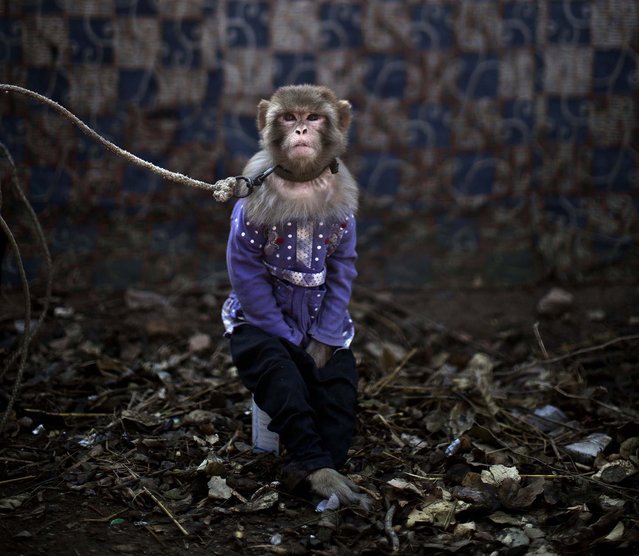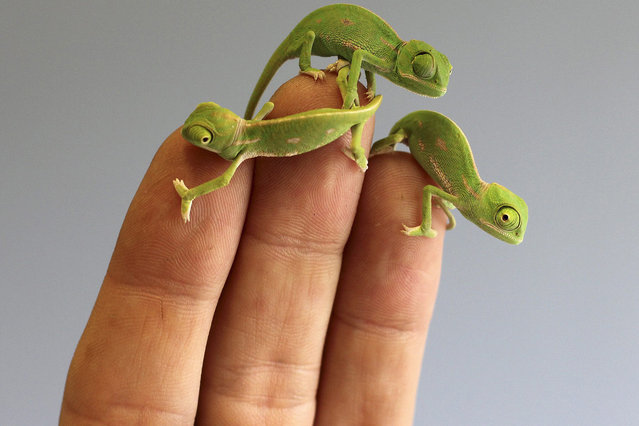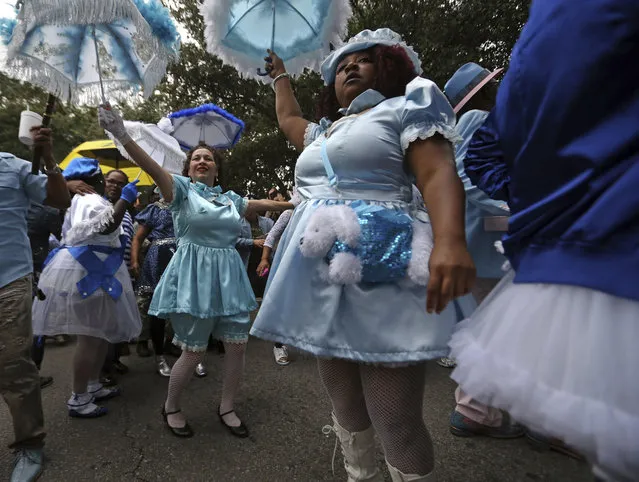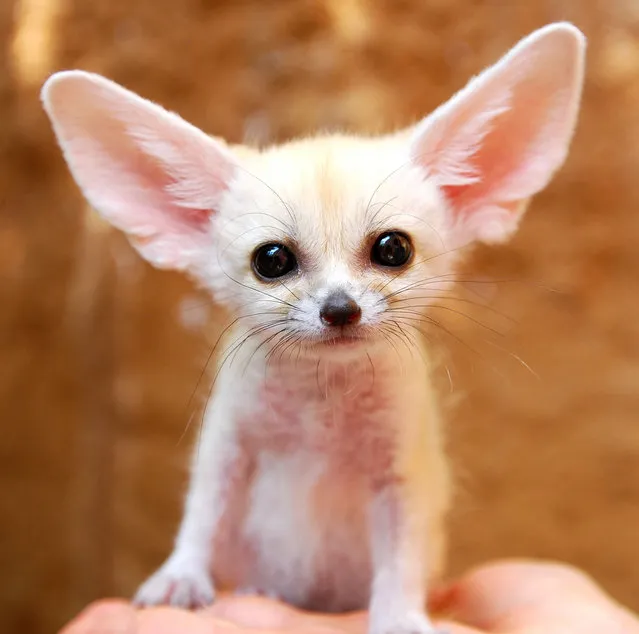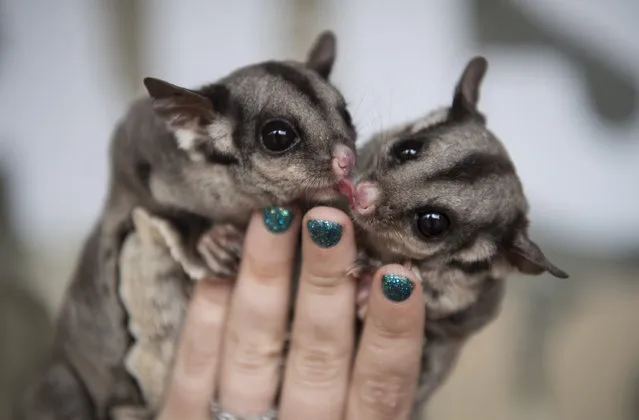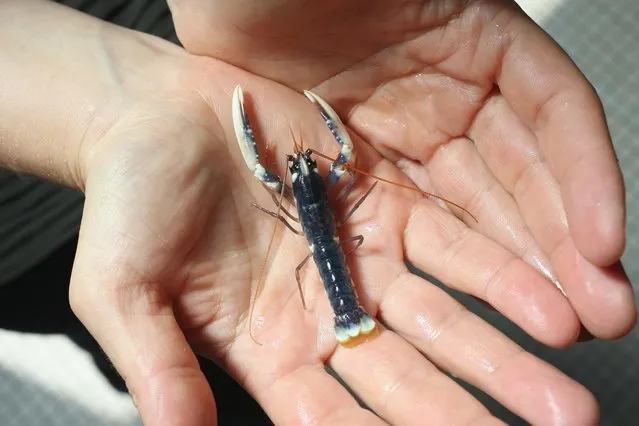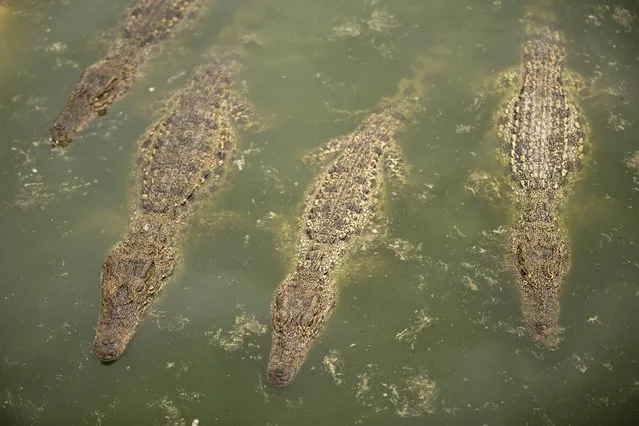
Cuban crocodiles (Crocodylus rhombifer), are seen in a hatchery at Zapata Swamp National Park, June 4, 2015. Ten baby crocodiles have been delivered to a Cuban hatchery in hopes of strengthening the species and extending the bloodlines of a pair of Cuban crocodiles that former President Fidel Castro had given to a Soviet cosmonaut as a gift in the 1970s. Picture taken June 4, 2015. REUTERS/Alexandre Meneghini
15 Jun 2015 12:34:00,post received
0 comments

